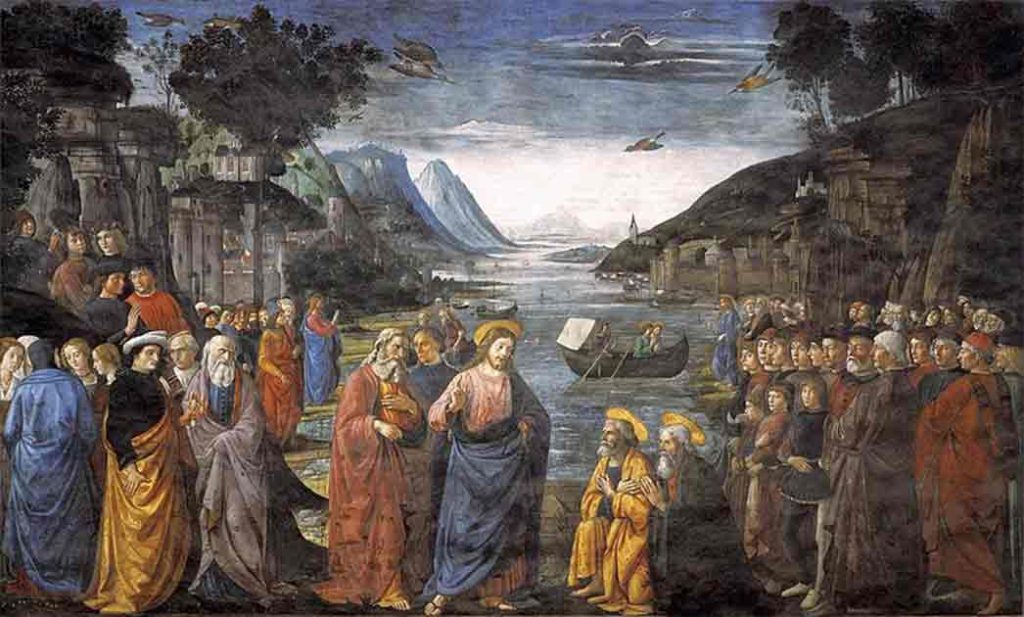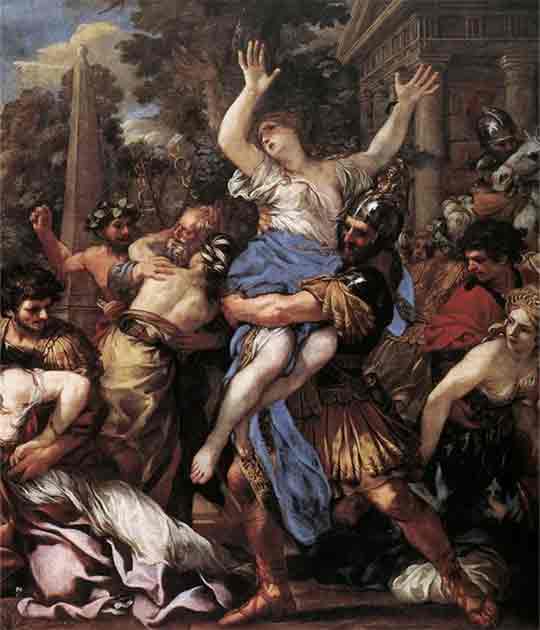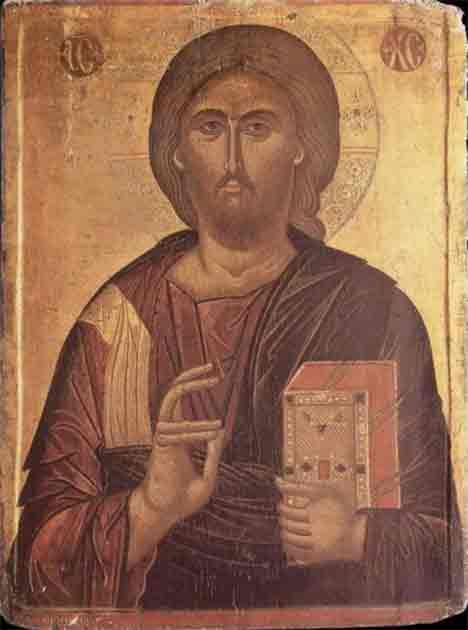The life of Jesus is a story familiar to millions, if not billions worldwide. And most people would be forgiven for thinking that the narrative as we understand it from the four Gospels and surrounding apocrypha is the single, straightforward version of his life.
Sure, there are differences in the texts. Some supporting characters are wildly different, some events happen in different ways. But we would expect the main beats of the story to be consistent, and as it turns out in that expectation, specifically for Jesus, we would be completely wrong.
The Toledot Yeshu, a medieval Jewish text, presents a controversial alternative narrative of the life of Jesus Christ. While mainstream Christianity reveres Jesus as the central figure of their faith, the Toledot Yeshu offers a starkly contrasting portrayal.
This text, steeped in anti-Christian sentiment, challenges traditional beliefs about Jesus and his ministry. Exploring the origins and content of the Toledot Yeshu sheds light on the complexities of religious discourse and historical interpretation throughout the centuries.
Why does this text differ so widely from the Gospel narrative? And why does it depict Jesus in this outlandish way?
Jesus the Sorcerer
What makes the Toledot Yeshu stand out is that, unlike the canonical Gospels of the New Testament, which present Jesus as the divine Son of God and Savior of humanity, the Toledot Yeshu portrays him in a significantly different light. Instead of being revered as a religious figure, Jesus is depicted as a controversial and even somewhat malevolent character.

Before we begin it’s important to note that the Toledot Yeshu has never been part of official Rabbinic teachings or part of the Jewish canon. Furthermore, multiple versions exist, and its original authorship is unknown but believed to have its origins in oral storytelling. Rather than a single, unified work it is a collection of stories and legends that were compiled and adapted over time.
The narratives it contains seek to challenge, and indeed to mock the traditional Christian understanding of Jesus by presenting an alternative biography that casts him in a negative light. Instead of being portrayed as a divine figure and miracle worker, Jesus is depicted as a sorcerer and false prophet who deceives his followers through trickery and manipulation.
The Toledot is also considered to be much later than the New Testament and is believed to have originated in the Middle Ages, likely between the 8th and 9th centuries AD. It was most likely written first in Hebrew and later circulated in various translations and versions among Jewish communities in Europe and the Middle East.
- Saint Thomas and the Tale of Another Jesus
- (In Pics) Life After Jesus: What Happened to the Twelve Apostles?
The work doesn’t have just one author and its exact authorship remains uncertain, as does its precise place of origin. However, it is clear that the text emerged within a milieu of Jewish-Christian polemics (written arguments intended for discussion), reflecting the tensions and conflicts between these two religious communities during the medieval period.
So, the Toledot Yeshu offers an alternative version of Christ’s story, but what exactly does it say? Well, it varies depending on the version you read.
For example, early versions of the Toledot tend to avoid the birth of Jesus (referred to as Yeshu) but later additions do not. In an attack on the very foundations of Christianity, these later versions depict Jesus not as the son of God but as the product of adultery, or even rape.

These stories tell how Mary was not a virgin but was instead raped or seduced by a Roman soldier, Pandera. Pandera is shown in a wholly negative light, either as a charming seducer or a downright evil thug. Jesus’s birth itself is in no way divine and the child himself reflects this, being portrayed as being impudent and disrespectful to his elders.
Rather than being the Savior of humanity, in the Toledot Jesus is often portrayed as a sorcerer who is taught the dark arts while traveling in Egypt. Other times he is shown to be a fraud who rather than performing genuine miracles, is depicted as using sleight of hand, illusions, and occult practices to deceive his followers and convert them from Judaism.
The Jesus of the Toledot Yeshu is a subversive, rebellious figure who willfully challenges the religious and social order of his time. Rather than embodying the values of compassion, humility, and selflessness commonly associated with Jesus in Christian theology, the Jesus of the Toledot Yeshu is portrayed as a disruptive and divisive figure who undermines traditional Jewish teachings and authority figures.
The crucifixion also plays a significant role in the Toledot Yeshu. While the Gospels attribute Jesus’s crucifixion to the Roman authorities, the Toledot Yeshu places the blame on the Jewish leadership.
In this version of events, Jesus is executed not as a revolutionary or blasphemer, but as a sorcerer whose actions pose a threat to the stability and cohesion of Jewish society. He is a menace to society and the accepted order.
The Christian belief that Jews played a role in the death of Christ caused tension between the two groups for centuries. Some scholars believe the Toledot Yeshu’s depiction of Christ’s death was an attempt by medieval Jewish scholars to justify Jewish involvement in the crucifixion.
Original Sources
The stories of the Toledot Yeshu do not come from just one source. Instead, they draw from a rich tapestry of oral tradition, folklore, and written sources, reflecting the cultural milieu of medieval Jewish communities. Of these, oral storytelling is thought to have been particularly important.

It’s likely that the earliest versions of the tales told in the Toledot Yeshu began life as oral stories passed down from generation to generation within Jewish communities. Since early rabbis tended to ignore Jesus’s existence these stories would have started out as a means of entertainment rather than religious education. The fact the stories openly mocked and insulted Christian tradition reflected the antagonistic relationship between the two groups for much of history.
As time went on, especially during the Middle Ages, Jewish scholars began writing down these stories, creating the Toledot Yeshu we know today. As they did so they integrated various written sources, including biblical accounts, rabbinic literature, and apocryphal texts.
These sources provided a framework for the retelling of Jesus’s story, allowing for creative reinterpretation and adaptation to suit the needs and beliefs of different Jewish communities. These were tales crafted for their audience rather than an attempt to offer a strictly honest account of the life of the historical Jesus.
- Melchizedek: Strange Jesus Parallels from the Old Testament
- (In Pics) Five Tombs where Jesus was Buried
While the original Hebrew version of the Toledot Yeshu has been lost to history, the text survived and proliferated through translations and adaptations in languages such as Yiddish, Ladino, and Arabic. These versions of the Toledot Yeshu underwent further modifications and embellishments as they were retold and disseminated orally and through written texts.
Rejection by Modern Scholarship
The Toledot Yeshu’s popularity peaked during the Middle Ages, but it has never completely disappeared. This being said, modern scholarship has tended to reject (or at least shy away) from discussing it. This is for a multitude of reasons.
Firstly, the Toledot Yeshu is a polemical (combative) work that was never meant to be a reliable historical account. Its main purpose appears to be the promotion of anti-Christian sentiment rather than an objective recording of historical events. While it’s useful in examining the relationship between Jews and Christians at certain points in history, as an objective historical source depicting the life and times of Jesus it’s pretty much useless thanks to its bias.
Secondly, it is dependent on an oral tradition. While oral tradition can be a valuable source of historical information, it is also subject to distortion, exaggeration, and reinterpretation over time. The Toledot Yeshu’s reliance on oral storytelling makes it difficult to separate fact from fiction and discern the original historical kernel, if one exists, beneath the layers of legend and folklore.
Thirdly, the Toledot Yeshu diverges significantly from all other canonical accounts of Jesus’s life found in the New Testament and other early Christian sources. Its portrayal of Jesus as a sorcerer and deceiver contradicts the traditional Christian understanding of his identity and mission. Without corroborating evidence from other historical sources, the Toledot Yeshu remains an outlier in studying Jesus’s life and ministry.

But perhaps most importantly, the Toledot Yeshu is, by its very design, offensive. Why would Christian historians give a text that mocks their entire religion any credence?
For centuries, the Toledot was better swept under the rug. Even into the 20th and 21st centuries many historians preferred to ignore its existence, hoping to avoid controversy and reminders of Christianity and Judaism’s often antagonistic relationship over the centuries.
For many today the Toledot Yeshu is an uncomfortable reminder that Jews and Christians haven’t always gotten along. While the text might seem rather harmless now, it helped lead to the kind of animosity that ignited countless persecutions throughout history. Persecutions that, for the most part, have been carried out by predominantly Christian Europeans against their Jewish neighbors.
This is why the Toledot Yeshu, in all its forms, is such an important text. Its rejection by mainstream scholarship underscores the importance of critically evaluating historical sources and recognizing the biases and agendas that may shape their narratives. More importantly, it is a reminder of our painful shared history, a history that if ignored we risk repeating.
Top Image: According to the Toledot Yeshu, Jesus was a disruptive influence who used magical tricks to sway his followers into believing he was the Son of God. Source: Ирина Батюк / Adobe Stock.